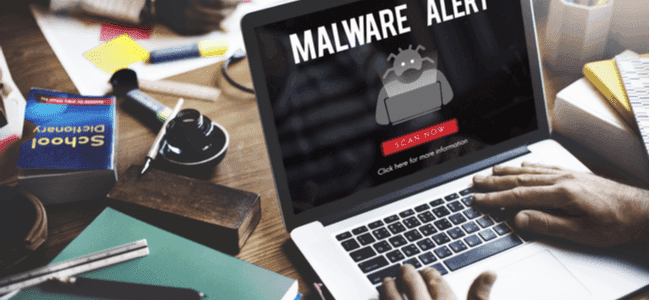Top Ways Businesses Can Combat Identity Theft

Businesses these days maintain a lot of personally identifiable information about their customers. This includes credit card numbers, SSNs, address, birth dates, and more. Cybercriminals are always on the lookout to steal this data.
Amidst this ongoing pandemic, fraudsters have devised sophisticated techniques to impersonate businesses, steal customer information, or perform any other fraud. Read on to learn more about business identity theft and how you can prevent it.
First Things First - Antivirus
Computer systems can easily be hacked. Your company’s data can be protected with the help of a sturdy firewall working alongside good antivirus software that helps detect breaches in real-time. As a matter of fact, antivirus should also be installed on every mobile device that accesses the company’s network.
You can consider using biometrics if you own a business that faces a higher risk of theft. The server should have two-step authentication. Moreover, there are several cyber-security vendors and you can always find the right antivirus suited to your unique defensive requirements.
Additionally, you must also implement a password policy. For instance, every password should be complicated and should consist of a mixture of alphabets (both uppercase and lowercase), numbers, and symbols. You must also see to it that passwords are changed every 30-60 days. That said, always backup important data and have it stored offsite.
Make Sure Your Internal Structure Is Secure
Before expanding your workforce, try to employ people who are qualified and trustworthy. Don’t just rely on references and work history. Once your company’s identity is hacked, these hackers can target and blackmail your employees to steal and sell your customer data.
Employees should be able to access only those systems or data that are needed in performing their jobs. Every employee should have a unique ID and should be authenticated every time they login. Your IT team should be able to trace each employee’s online behavior and manage privileges from a unified panel.
Having internal controls is important and ensures that no person can access payment systems. Two-tier verification should be enabled so that no employees misdirect a particular payment or generate fake invoices.
Be In Control Of Your Data
It is important for all organizations, be it SMBs or large enterprises, to secure the data within the corporate network. As many organizations adopt many security measures to prevent any unauthorized access to the data in rest, it’s equally important to secure data in motion. As the sensitive data that is in motion is mostly accessed by all types of people, it should be encrypted for secure data networking.
Employees should take security measures like not leaving their laptops or devices unattended either in office or public places. If in case they discover their device is missing, the theft should be reported immediately.
A proactive approach has to take place that ensures that the data on their devices is encrypted. This reduces the risk of data breaches. Companies must introduce identity and access management (IAM) and single-sign-on (SSO) technology to strengthen identity mapping, and gradually move towards passwordless-authentication systems.
Always Verify
You must verify the source of every incoming message. Fraudsters send emails mimicking the company’s management to the employees. These emails usually contain a malicious link or something uncommon (making an online money transfer, resetting a password, and more). Don’t click on links and attachments from unverified sources. Always double-check the email’s body, signature, and other elements to verify if it’s authentic or scam.
Never share any sensitive information with anyone over the phone. If someone calls you as a customer and asks you to rest their account password, always ask for an email first. Call the customer back on their registered number and verify. Never set up new user accounts without consulting the IT department and try not to connect to public Wi-Fi networks, especially when you have sensitive official data on your device.
Bottom Line
It’s very important to consider your internal policies and also judge the value of the data that your company holds. Security and protecting your customer’s data is the main key to avoid any theft in your business.
The best practice to avoid identity theft is to set-up equal security measures for every employee within the organization. This significant change helps in detecting and preventing potential security threats. Stricter password policies, identity mapping, and two-factor authentication should be put in place.
Furthermore, using an antivirus solution can also help prevent potential attacks. Keep a record of everything, stay proactive, and implement robust IT Security policies to defend your business against identity theft.




